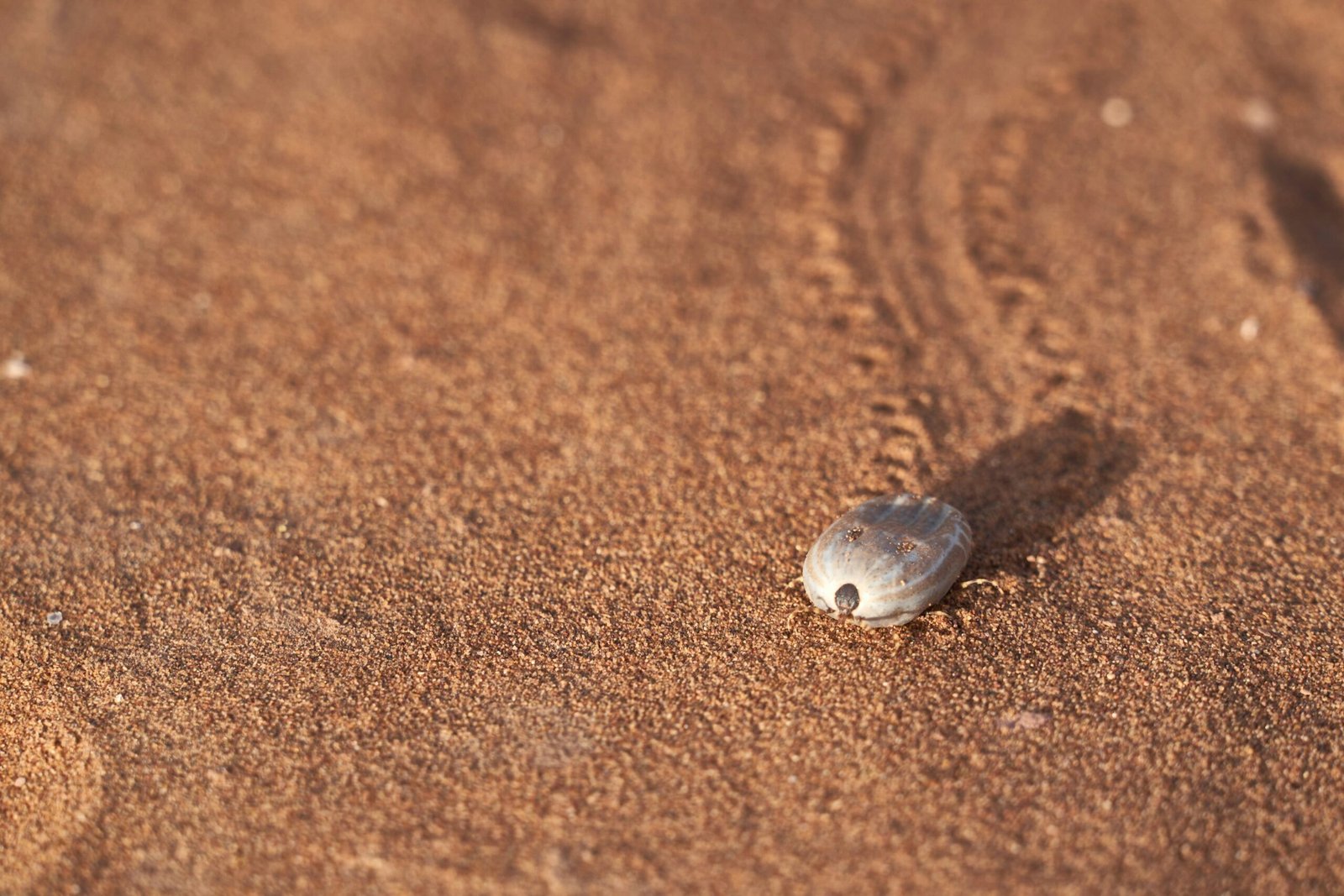The Lowdown on Why You Should Never Squeeze a Tick
Ticks are pesky little creatures that can cause a lot of trouble if they latch onto your skin. While it may be tempting to squeeze or crush a tick when you find one, it’s important to resist the urge. Squeezing a tick can actually introduce toxins back into your bloodstream and increase the risk of infections. In this blog post, we’ll explore why you should never squeeze a tick and the potential consequences that can arise from doing so.
The Dangers of Squeezing a Tick
When you squeeze a tick, you risk forcing its stomach contents, which may contain disease-causing bacteria or pathogens, back into your body. This can lead to the transmission of various infections, including Lyme disease, Rocky Mountain spotted fever, and tick-borne encephalitis. These infections can cause a range of symptoms, including:
- Fever
- Fatigue
- Headaches
- Muscle and joint pain
- Rash
It’s important to note that not all ticks carry diseases, but it’s difficult to determine which ticks are infected just by looking at them. Therefore, it’s best to avoid squeezing ticks altogether to minimize the risk of infection.
Proper Tick Removal Techniques
If you find a tick attached to your skin, it’s crucial to remove it properly to reduce the risk of infection. Here are the steps you should follow:
- Use fine-tipped tweezers to grasp the tick as close to your skin’s surface as possible.
- Gently pull upward with steady, even pressure. Avoid twisting or jerking the tick, as this can cause its mouthparts to break off and remain in your skin.
- Once you’ve removed the tick, clean the bite area and your hands with rubbing alcohol or soap and water.
- Dispose of the tick by flushing it down the toilet or placing it in a sealed bag/container.
- Monitor the bite area for any signs of infection, such as redness, swelling, or a spreading rash. If you experience any concerning symptoms, seek medical attention.
Remember, it’s always a good idea to seek medical attention if you’re unsure about how to remove a tick or if you suspect you may have been infected. Healthcare professionals can provide guidance and, if necessary, prescribe appropriate treatment.
Preventing Tick Bites
While it’s essential to know how to remove a tick properly, preventing tick bites in the first place is even better. Here are a few tips to help you avoid encounters with these tiny pests:
- Wear long sleeves, pants, and closed-toe shoes when spending time in wooded or grassy areas.
- Apply insect repellent containing DEET or picaridin to exposed skin and clothing.
- Perform regular tick checks on yourself, your children, and your pets after spending time outdoors.
- Keep your lawn well-maintained and free of tall grass and brush, as ticks thrive in these environments.
- Consider using tick control products on your pets and treating your outdoor living spaces.
By taking these preventive measures, you can significantly reduce your risk of encountering ticks and the potential complications associated with tick bites.
Conclusion
Squeezing a tick may seem like a quick and easy way to get rid of it, but it can have serious consequences. By avoiding the temptation to squeeze ticks, you can minimize the risk of introducing toxins into your bloodstream and developing infections. Remember to always remove ticks properly using fine-tipped tweezers and seek medical attention if you’re unsure or if symptoms arise. Prevention is key, so take the necessary precautions to protect yourself and your loved ones from tick bites.
